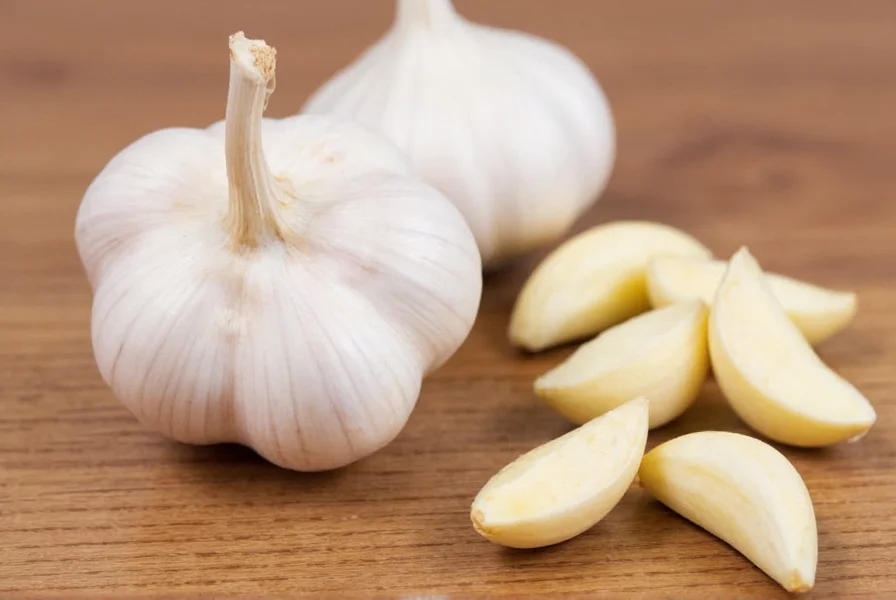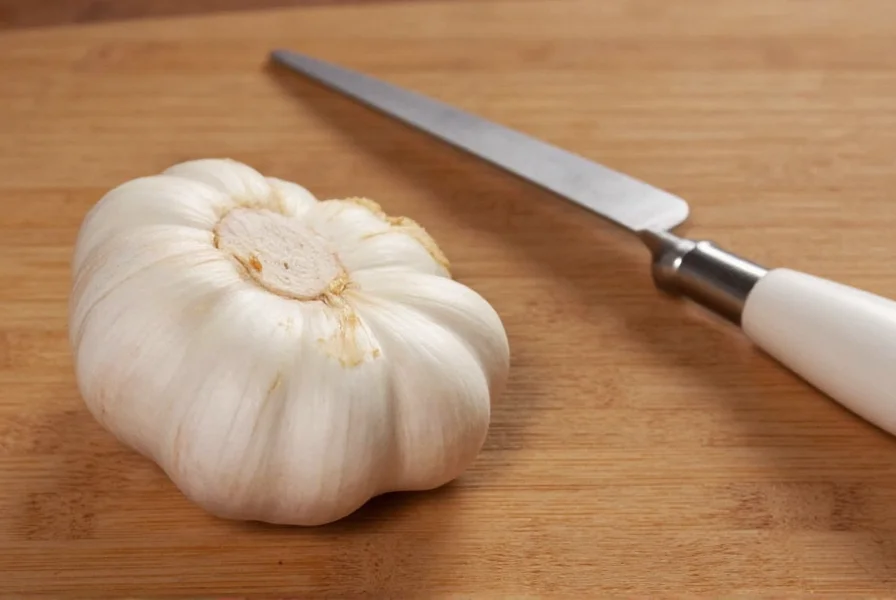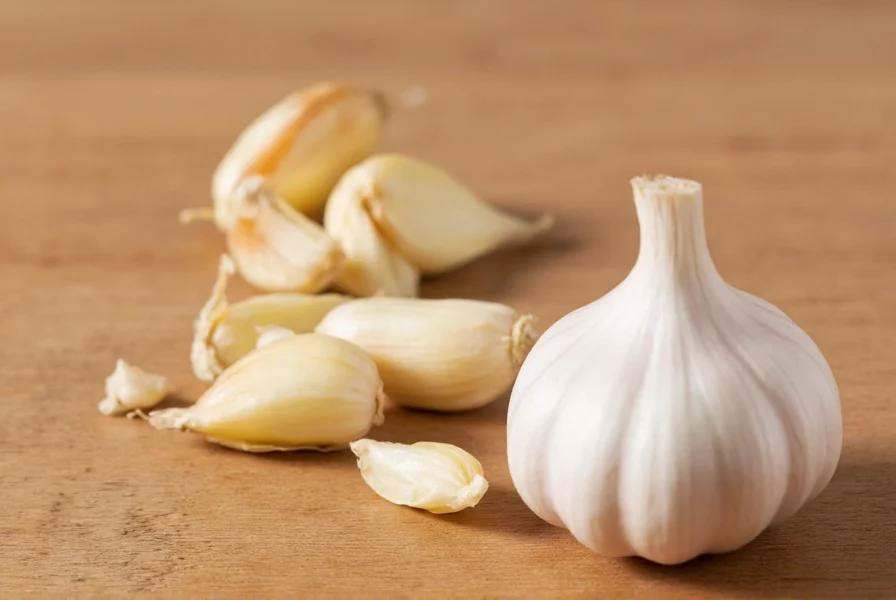Understanding what is a garlic clove minced is essential for home cooks and professional chefs alike. Minced garlic represents the finest cut in garlic preparation, distinct from coarsely chopped, sliced, or crushed variations. This preparation method breaks down garlic cell walls extensively, releasing maximum allicin—the compound responsible for garlic's characteristic flavor and aroma.
Minced Garlic vs. Other Garlic Preparations
The difference between minced garlic and other forms is significant for recipe outcomes. While a chopped garlic clove yields visible pieces about 1/8 inch in size, minced garlic requires much finer cutting. Crushed garlic (pressed or smashed) creates a paste-like consistency with different flavor release properties.
| Preparation Method | Particle Size | Flavor Intensity | Best Used For |
|---|---|---|---|
| Minced | 1/16 inch or less | Highest | Sauces, dressings, marinades |
| Chopped | 1/8 inch | Moderate-high | Stir-fries, sautés |
| Sliced | 1/4 inch | Moderate | Roasting, infusing oils |
| Crushed | Paste-like | High (immediate) | Garlic bread, aioli |
How to Properly Mince Garlic
Creating perfectly minced garlic from a fresh clove requires technique:
- Peel the garlic clove by placing it under your knife blade and applying firm pressure
- Cut away the root end
- Make thin parallel slices across the clove
- Rotate 90 degrees and slice again
- Rock your knife repeatedly through the pieces until uniformly fine
For consistent results, many chefs use the "sprinkle salt over garlic" technique while mincing, which helps prevent sticking and creates a smoother texture. The ideal garlic clove minced should hold together slightly when pressed but separate easily with a fork.

Measurement Equivalents for Minced Garlic
Understanding how much minced garlic equals one clove is crucial for recipe accuracy. Standard conversions include:
- One average garlic clove = 1/2 teaspoon minced garlic
- One teaspoon minced garlic = 2 average cloves
- One tablespoon minced garlic = 6 average cloves
These measurements can vary based on garlic variety and size. Larger elephant garlic cloves may yield up to 1 teaspoon minced per clove, while smaller gourmet varieties might require 2-3 cloves to equal 1 teaspoon.
When to Use Minced Garlic in Cooking
The garlic clove minced measurement matters because this preparation suits specific cooking applications. Minced garlic works best when:
- You need even flavor distribution throughout a dish
- Creating emulsified sauces like aioli or mayonnaise
- Adding to delicate dishes where garlic chunks would be undesirable
- When maximum flavor extraction is required in shorter cooking times
Because minced garlic has more surface area exposed, it burns more quickly than larger cuts. Add it later in the cooking process for sautés to prevent bitterness—typically after other vegetables have softened.
Storing Minced Garlic
Freshly minced garlic clove equivalent measurements change as garlic oxidizes. For best results:
- Use immediately for strongest flavor
- Store in airtight container with olive oil for up to 1 week
- Freeze in ice cube trays with oil for longer storage
- Avoid commercial pre-minced garlic in jars for serious cooking (contains preservatives that alter flavor)

Substitutes for Fresh Minced Garlic
When you need what does minced garlic look like alternatives:
- Garlic paste: Use 1/2 as much (more concentrated)
- Garlic powder: 1/8 teaspoon powder = 1 clove minced
- Garlic salt: Adjust for added sodium content
- Roasted garlic: Provides milder, sweeter flavor profile
Remember that substitutes won't replicate the exact flavor profile of freshly minced garlic, but can work in a pinch. The how fine should minced garlic be question matters less with substitutes since their texture is predetermined.











 浙公网安备
33010002000092号
浙公网安备
33010002000092号 浙B2-20120091-4
浙B2-20120091-4